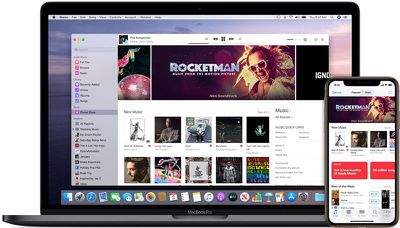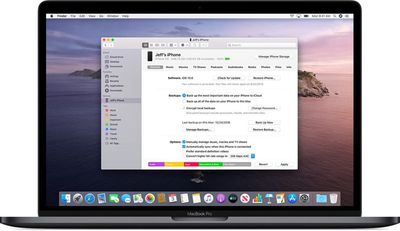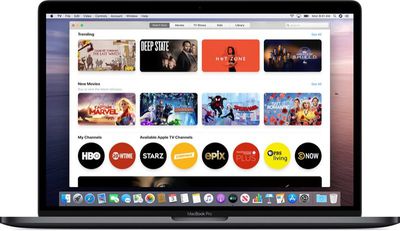macOS Catalina does away with the iTunes app, a longtime staple of the Mac operating system, which, unsurprisingly, has left many with questions on just how that's going to work.
To answer questions about the imminent sunsetting of iTunes, Apple has created a support document that explains all of the upcoming changes.

Apple is planning to split iTunes into three apps in macOS Catalina: Music, Podcasts, and TV, which, when combined, will replicate much of the functionality that's currently available through iTunes in macOS Mojave and earlier versions of macOS.
One of the most frequent questions concerns device management and syncing, which is currently done through iTunes. In Catalina, Apple is transitioning device management functionality to the Finder app, and when you plug an iOS device into your Mac, it will be listed as an available device on the left side of the window, with all of the same controls and information.

The Music app is going to feature all of the music that you've imported or purchased, and the iTunes Store is still going to be available in the Music app for making music purchases. Apple Music will also be available in the Music app right alongside your purchased music or music ripped from CDs and other sources. iTunes Music purchases will also continue to be available on iOS.
Likewise, TV shows and Movies that you've purchased or rented from iTunes will be listed in the upcoming Apple TV app, and it will also be used for future purchases and rentals.

All of your subscribed podcasts will be transitioned over to the Podcasts app, while audiobooks can be purchased and accessed in the Apple Books app for Mac.
iTunes Gift Cards and iTunes credits will be usable in the new TV and Music apps and in the App Store, so there's no significant change there.
Though iTunes is gone in macOS Catalina, all of the iTunes functionality is available through the Music, Podcasts, Books, and upcoming TV apps, so in practice, there are few changes for end users. In many ways, the split makes a lot more sense than having all of those features in one spot, and most users should be able to adjust to the changes quickly.























